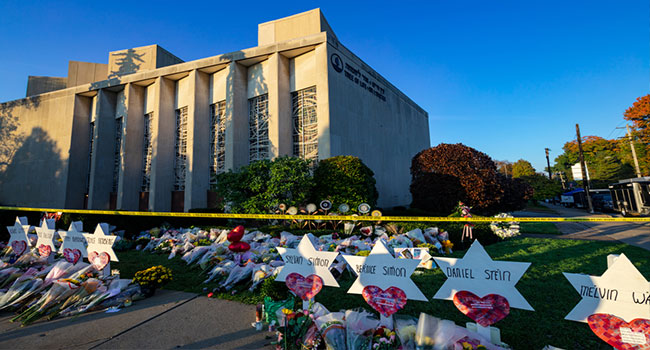
Protecting Your House of Worship
FEMA offers a "one-stop shop" for faith-based organizations to access security resources.
- By Ralph C. Jensen
- April 28, 2020
The Department of Homeland Security (DHS) offers numerous resources to assist faith-based and community organizations with their efforts to prepare for all types of hazards, whether natural or man-made. Technical assistance is provided through presentations, workshops, training, webinars, tabletop exercises, and training.
In coordination with interagency partners, the DHS Center for Faith & Opportunity Initiatives and Federal Emergency Management Agency (FEMA) established a website for faith-based organizations that serves as a “one-stop shop” for information on available Federal tools, resources, and assistance: www.fema.gov/faith-resources.
Additionally, DHS’s National Protection and Programs Directorate (NPPD) offers a wide range of security and resilience tools, training, and resources. Through its Hometown Security initiative, these resources are made available to communities, including faith-based organizations. Many of these resources were created in collaboration with private sector partners to ensure they are useful and reflect the evolving security landscape. The list of resources below was created to help the private sector with their security planning, and many of these practices can also be used more broadly in local venues visited by large numbers of people, such as faith-based organizations.
The FEMA site will take you to the full message from FEMA to help design a workable plan and a guide for protecting faith-based venues.
About the Author
Ralph C. Jensen is the Publisher/Editor in chief of Campus Security Today.